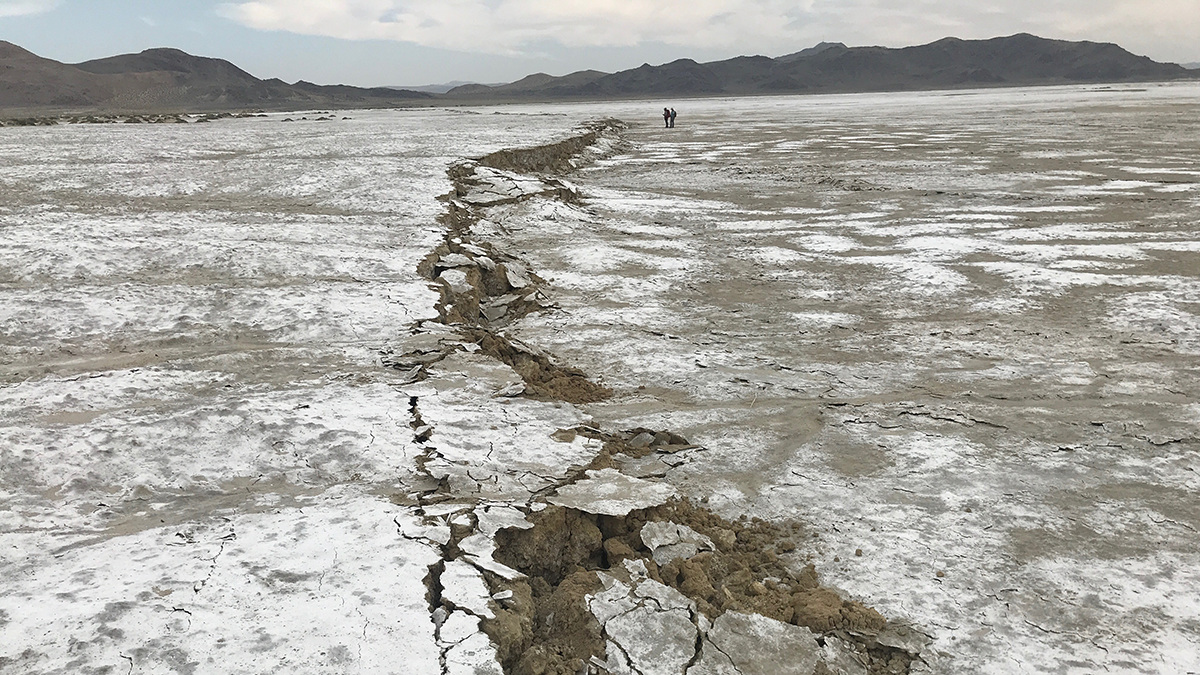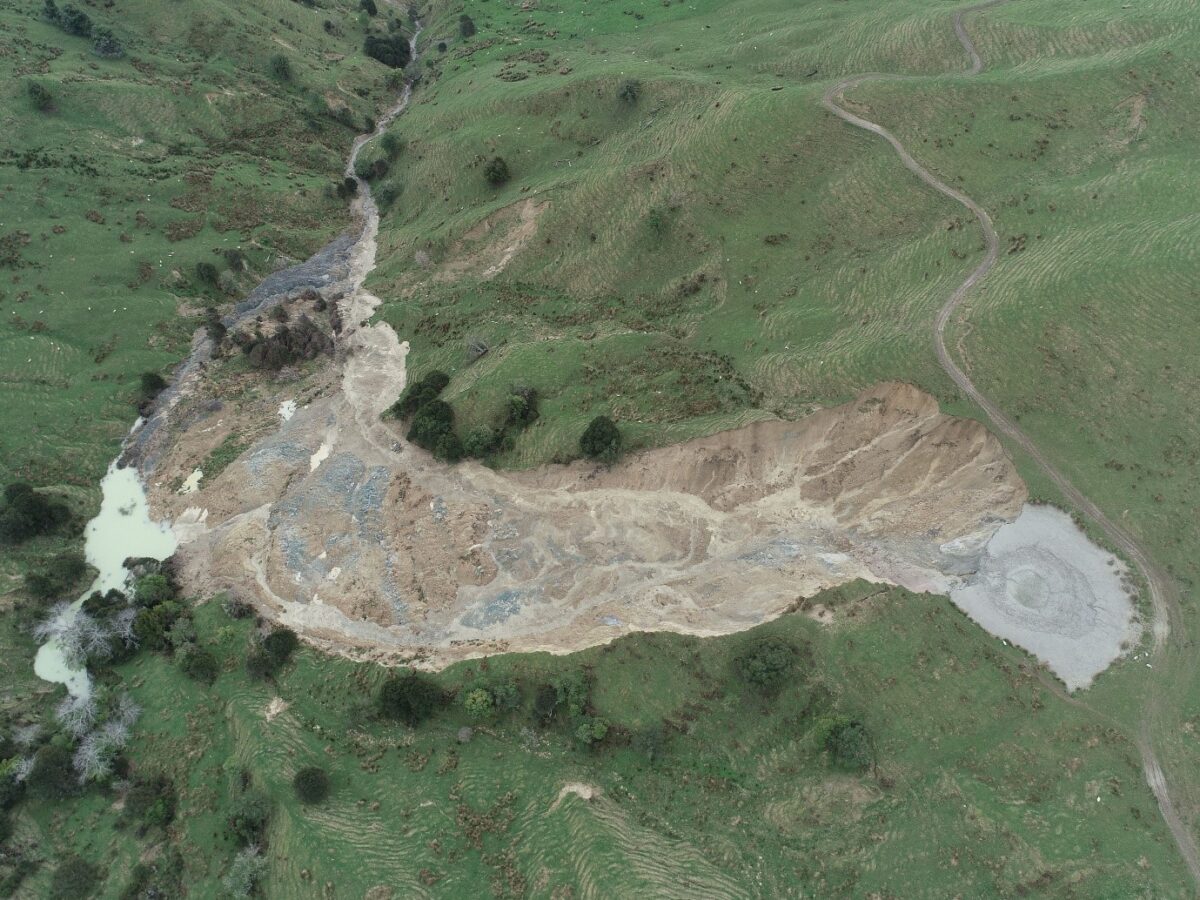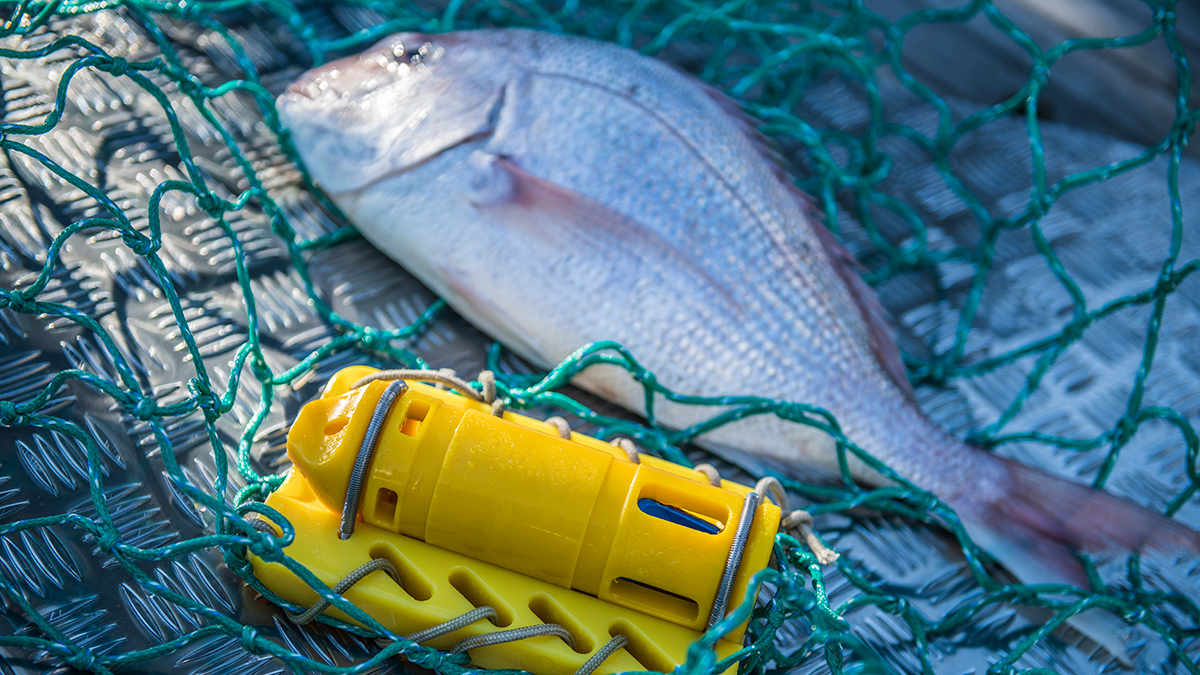While earthquakes cannot be deterministically predicted, operational earthquake forecasting systems can provide valuable insights into the likelihood of future quakes.
New Zealand
Two large landslides in Gisborne, New Zealand
The Landslide Blog is written by Dave Petley, who is widely recognized as a world leader in the study and management of landslides. The Gisborne area of New Zealand was severely impacted by Cyclone Gabrielle in February 2023, an event that triggered many thousands of landslides in the area. One effect of such large events […]
Exploring New Zealand’s Remote Fjords
Doing research in Fiordland—a vast territory of mountains, forests, and fiords in southwest New Zealand—takes ingenuity, collaboration, and a really good raincoat.
Brandon Whitehead: Unifying Data to Streamline Discovery
A data scientist coheres disparate data sets so that Earth scientists can get the most out of infor-mation.
New Zealand Has a Unique Fossil Record Named FRED
The near-complete database reflects a spirit of trust and collaboration among the country’s scientific community—but will it last?
Sedimentary Basins Tell Zealandia’s Ancient Story
New interpretations and mapping of all New Zealand’s offshore sedimentary basins offer clues about the evolution of Earth’s eighth continent.
The Moana Project Braids Tradition and Science for a More Sustainable Ocean
Scientists and Māori communities in Aotearoa New Zealand are gathering knowledge on marine conditions and ecosystems to protect livelihoods and help ensure a sustainable future for the blue economy.
Landslides from the record-breaking 2023 storms in Auckland, New Zealand
The Landslide Blog is written by Dave Petley, who is widely recognized as a world leader in the study and management of landslides. In January and February 2023, the largest city in New Zealand, Auckland, and its surrounding area was affected by two extraordinary rainfall events, triggering many thousands of landslides. In an open access […]
GNS Science Landslide Planning Guidance
The Landslide Blog is written by Dave Petley, who is widely recognized as a world leader in the study and management of landslides. New Zealand is a country with a severe level of landslide hazard, resulting from a combination of the tectonic setting, the geology, the climate and the impact of human activities. It is […]
Modeling Braided Rivers in Presence of Exotic Weeds and Dams
Numerical modeling can help with identifying the combined effects of weed growth, flood frequency, and magnitude on gravel bed rivers.










